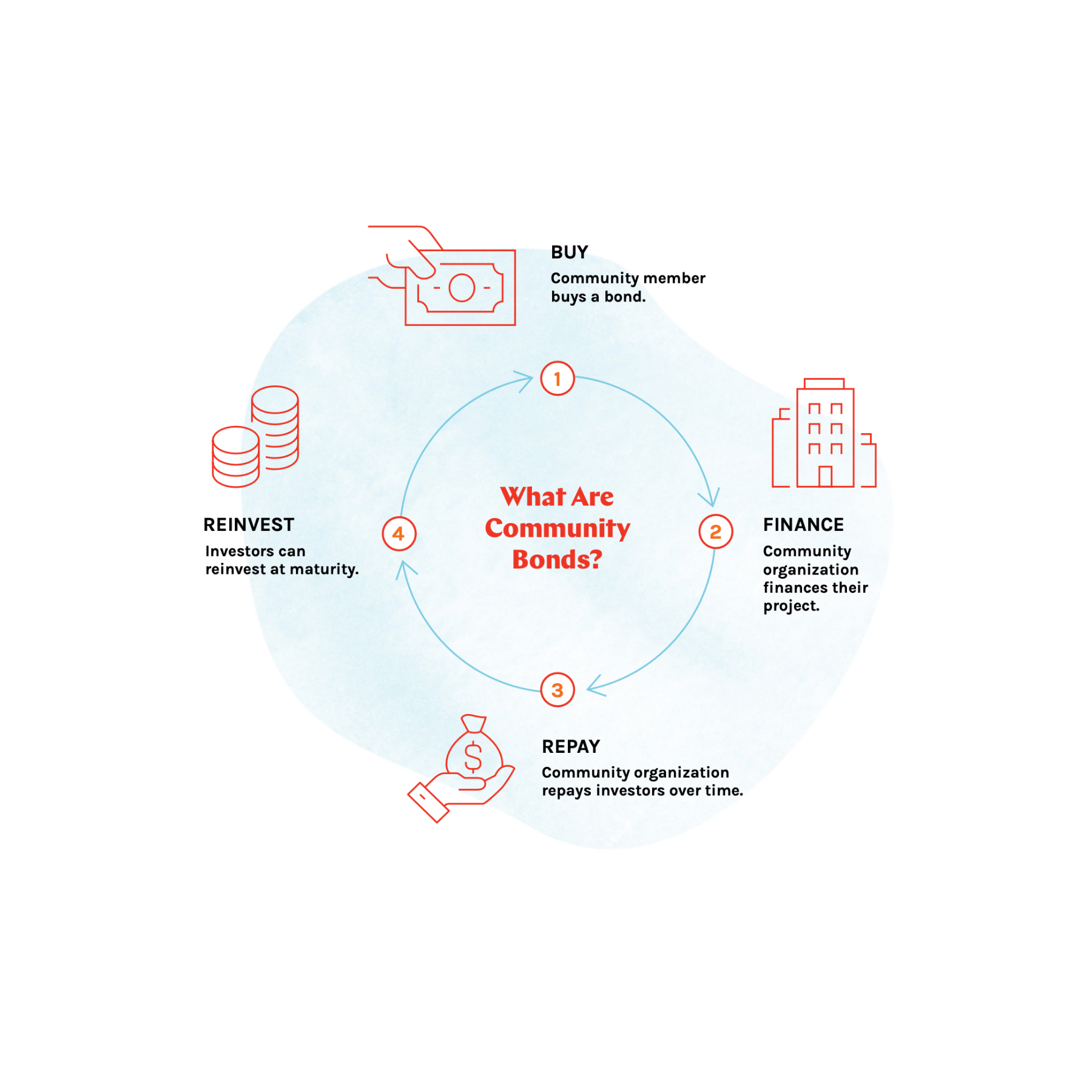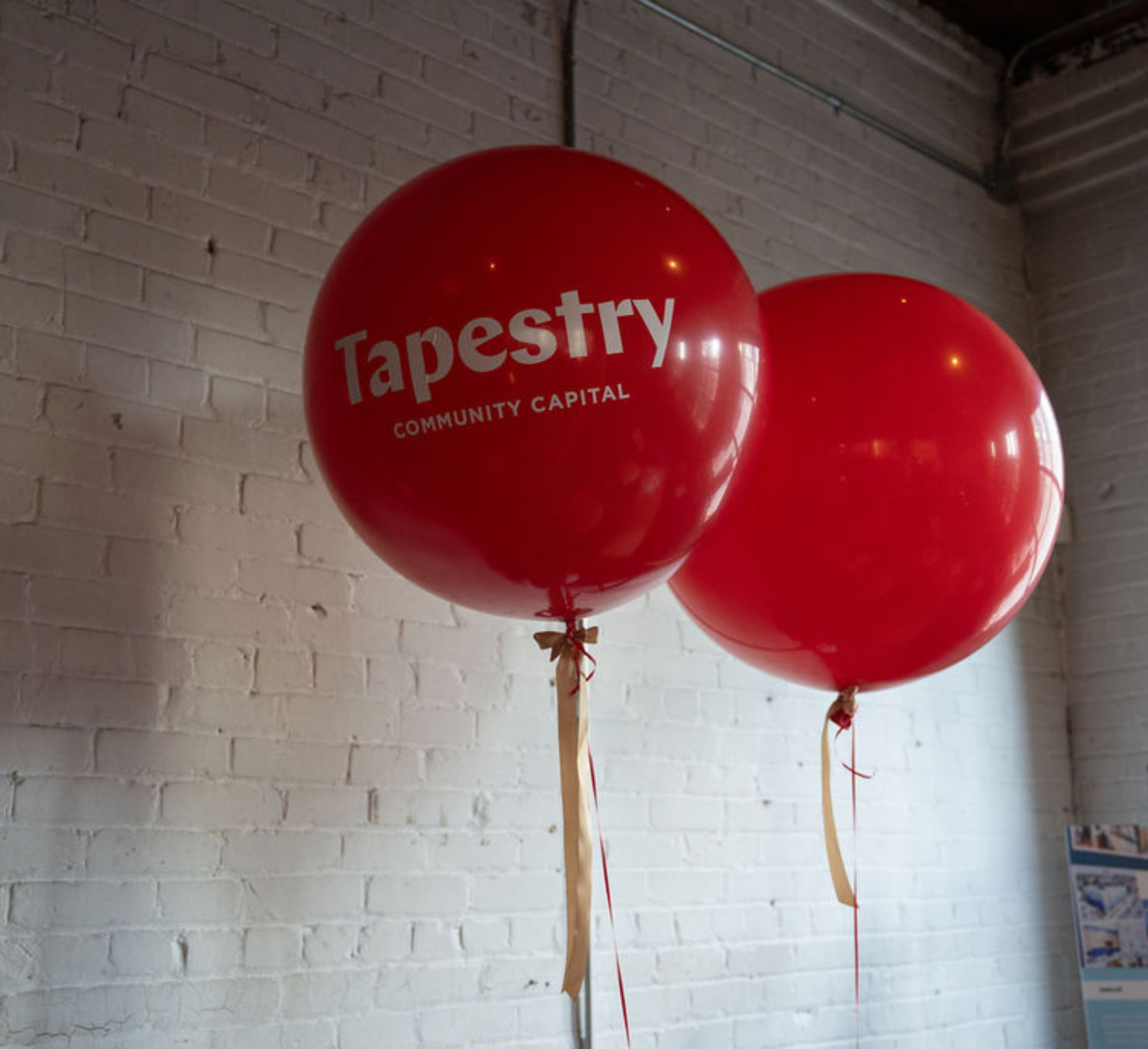
Community bonds are an innovative financing tool that allows organizations to raise capital on their own terms, return interest to their communities, and grow their base of supporters.
Are you a housing provider looking for new ways to raise financing?
Affordable and supportive housing providers across Canada are using community bonds to raise capital and engage their communities in their missions. Are you ready to transform your social capital into financial capital?
Tapestry Community Capital guides organizations through their community bond raises. And as participants in CMHC’s Housing Supply Challenge, Tapestry is pleased to offer the first part of our process — an in-depth workshop where you’ll learn what it takes to plan for and carry out a raise — for free!
This free workshop opportunity is only available to the first 20 organizations to register, so be sure to secure your spot soon. Once you sign up, the Tapestry team will reach out to book your time slot — with the first workshops starting in September 2024.

The details
Community bonds are a social finance tool that can be used by charities, non-profits and co-operatives to finance socially and environmentally impactful projects.
They’re just like any other bond, except instead of being issued by a government or a corporation, they’re issued by community organizations. Very simply, a nonprofit or cooperative issues a community bond, a person or organization purchases the bond, and that investor is paid back by the issuer over a predetermined time period with a set amount of interest. Once the bond matures, the investor can choose to reinvest (and in our experience, many do!) or receive their principal and interest back.

Tapestry has worked with community housing providers across the country to collectively raise over $6 million from more than 300 community investors — and counting!
Nonprofit and cooperative housing providers choose community bonds for a few important reasons. Those building new housing developments often use community bonds to fill the pre-development financing gap — to cover costs incurred before breaking ground, like land acquisition, design costs, and legal fees. There aren’t many other funding sources available for this stage of development.
Community land trusts purchase existing affordable housing to keep it off the speculative market and out of the hands of landlords who’ll raise the rent. These organizations often choose to use community bonds to create an acquisition fund, so they can be ready to move quickly when a property is put on the market.
Beyond these reasons, organizations choose community bonds because they’re:
- Flexible: As an issuing organization, you set the terms that work for you. Compared to traditional financing, this puts the power in your hands.
- Empowering: You choose when your raise starts and ends — you don’t have to wait on external decision makers to receive funding.
- Engaging: Community investors become champions of your mission.
- Values-aligned: With community bonds, you return interest to your community members rather than a big bank.
This interactive 2.5-hour workshop will help you and your team understand community bonds and how they could work for your affordable housing project. We recommend bringing your team’s finance, marketing, and fundraising/development leads and a member of your board.
Your team will learn:
- How community bonds work and how they differ from other sources of financing
- What kinds of projects are and aren’t a good fit for community bonds
- How community bonds can fit within a project’s capital stack
- What the current legislation around community bonds use looks like
- Real-world case studies of community bonds’ use for affordable housing
- What’s involved in preparing for a raise — from setting the terms to making sure you have skills and expertise you’ll need on your team to run a successful campaign
- What it takes to inspire your community to invest, including strategies for sales and marketing
At the end of the workshop, you’ll walk away with a clear idea of whether community bonds are right for your organization, what it would take to run a campaign, and how you might use community bonds to grow your supporter base and bring your project to life.
After your workshop, the Tapestry team will share all the resources we reviewed with you. You’ll also have the opportunity to book a complimentary follow-up call with Tapestry to discuss whether your project is the right fit for community bonds.
Participating in a workshop does not commit you to working with Tapestry or raising community bonds. It’s designed as an educational session to broaden your knowledge on alternative financing sources for affordable housing.
If you do choose to move forward with a community bond raise, the Tapestry team will conduct a more thorough assessment to understand how we could best support your needs. The next stage in our process is called Planning and Feasibility, where our expert team guides you through financial modelling, how to consult your community of prospective investors, and planning the resourcing and timeline for your campaign.
Ready to learn more?

